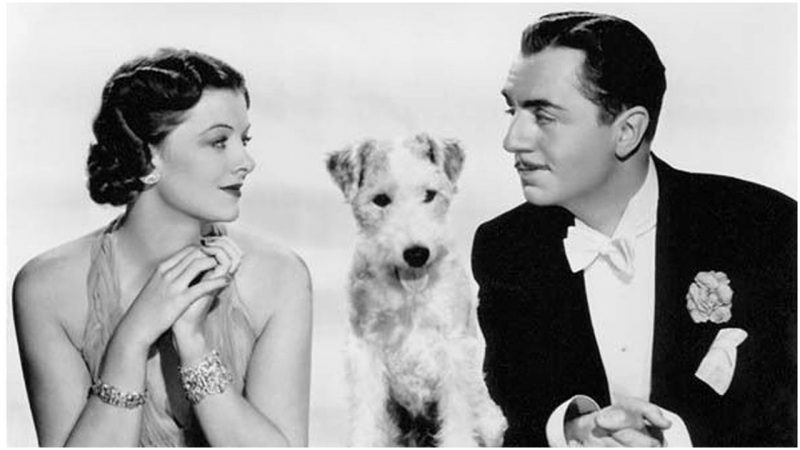He was one of the most acclaimed and charismatic actors of his day. An adoring public sent him piles of fan mail each week. Hollywood’s leading ladies fell hopelessly in love with him.
Yes, years before Lassie was lapping up attention at MGM Studios, Skippy, a precocious wire-haired terrier, was top dog — appearing dozens of films during the 1930s and stealing scenes from the likes of Cary Grant and Katharine Hepburn.
He made his first appearance at only three months, in a Three Stooges movie. But it was 1934’s detective comedy The Thin Man that would make Skippy a household name, playing “Asta,” the precocious pup owned by hard-drinking society sleuths Nick and Nora Charles.
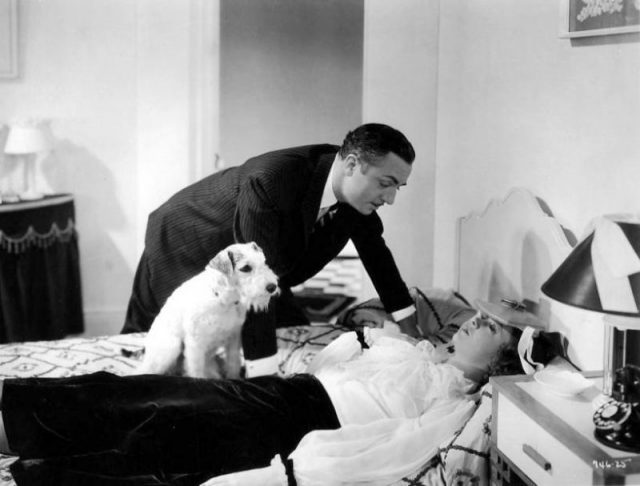
In his very first scene, Asta makes a memorable entrance, pulling Loy, who’s struggling with a pile of Christmas packages — causing her to fall flat on her derriere. Audiences were delighted and studio execs ecstatic, knowing full well what they had in the dog.
In the next Thin Man installment, Skippy/Asta got major billing, as well his own subplot (centered around “Mrs. Asta,” his terrier wife with a wandering eye).
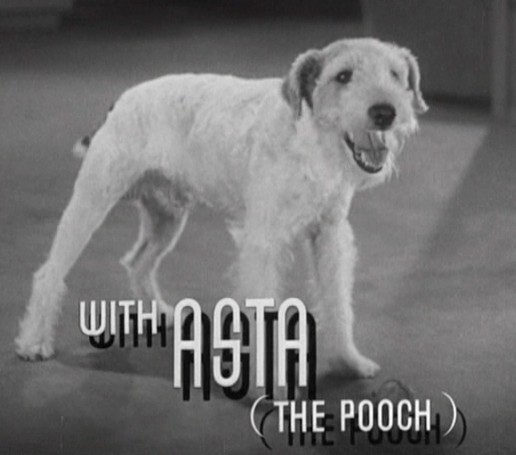
Following the Thin Man movies, Skippy was cast in the 1937 screwball comedy The Awful Truth, as “Mr. Smith,” the subject of a nasty custody dispute between Cary Grant and Irene Dunne. (Listen closely, during a playful scene between the pooch and his co-star Grant, and you’ll catch a delightful slip-up from Grant, who calls the dog by his real name “Skippy.”)
In his next film, 1938’s Bringing Up Baby, Skippy stretched his acting chops, playing “George,” a dinosaur bone-stealing pup, who leads Cary Grant and Katharine Hepburn on a giddy goose chase.
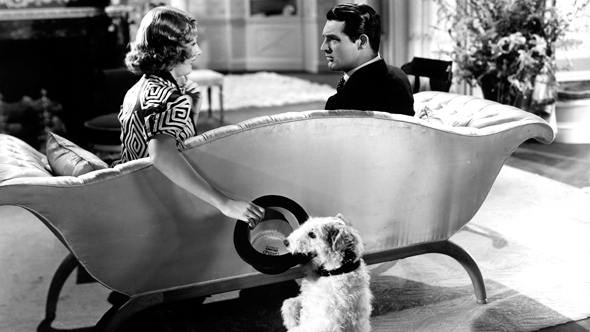
Little wonder Skippy would be dubbed “The Laurence Olivier of Dogs.” Trained by brothers Frank and Rudd Weatherwax and their assistant Frank Inn, whose Studio Dog Training School put many of Hollywood’s big-name barkers through their paces (Toto from The Wizard of Oz and generations of Lassies, among them), Skippy had a number of tricks in his repertoire: doing back flips, playing hide and seek, fake drinking from a water bowl, singing (okay, howling), and hiding his eyes with his paws during co-stars’ kissing scenes. Motivation came from a favorite toy, a rubber mouse named Oslo.
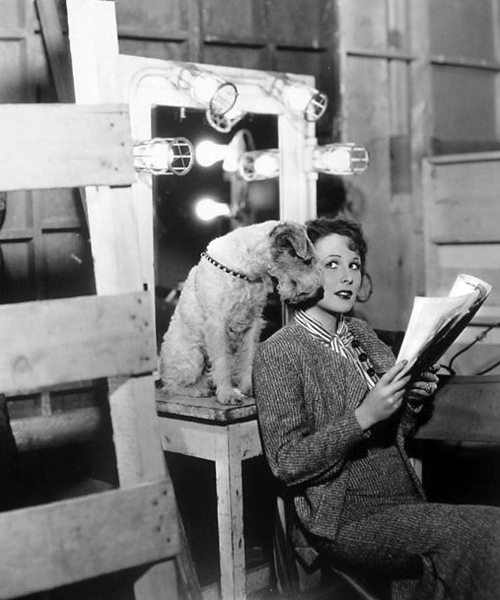
Skippy would become the highest paid animal star of his day, earning $250 per week, a nifty sum compared to the $3.50 a day that most canine actors were getting. He scored his own dressing room. (His human co-stars weren’t allowed entry to play between takes, for fear he’d be distracted when the cameras started rolling.)
Every Day Items Used As Movie Props
To keep his coat silky and his energy level up, he was fed a special mix of veggies and got no less than twelve hours of snooze time a night. He even had his own publicist, who landed stories in the day’s popular periodicals. The American Magazine detailed Skippy’s life in an August 1938 profile, titled “A Dog’s Life in Hollywood”: Movie actresses stroke Skippy lovingly.
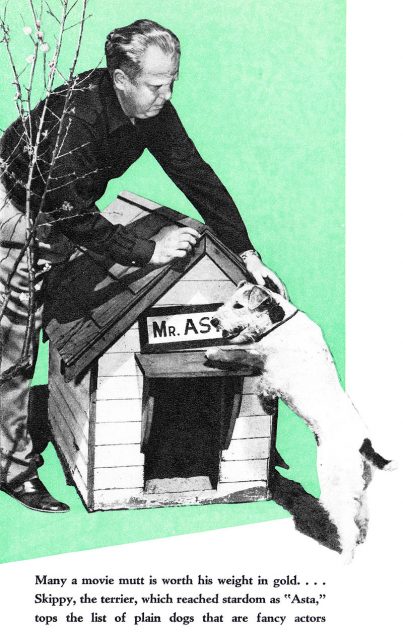
They coo at him and murmur endearing terms in his ears. He takes it all in his stride, because, what with contracts, options, and exacting work before the movie cameras, he hasn’t much time for the attentions of Hollywood’s most beautiful stars. But if he’s paid for it and given the proper cue he will snuggle in the arms of the loveliest of stars, gaze into her limpid eyes, and, if necessary — howl.
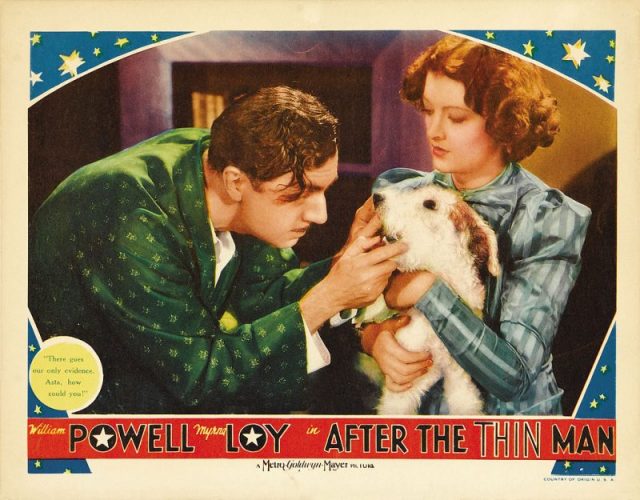
Myrna Loy said she never became friends with Skippy (he actually nipped her once), but she adored the critter nonetheless. In her autobiography, “Being and Becoming,” Loy wrote, “Not one day in my life passes, without someone asking about Bill (William Powell) or Asta.”
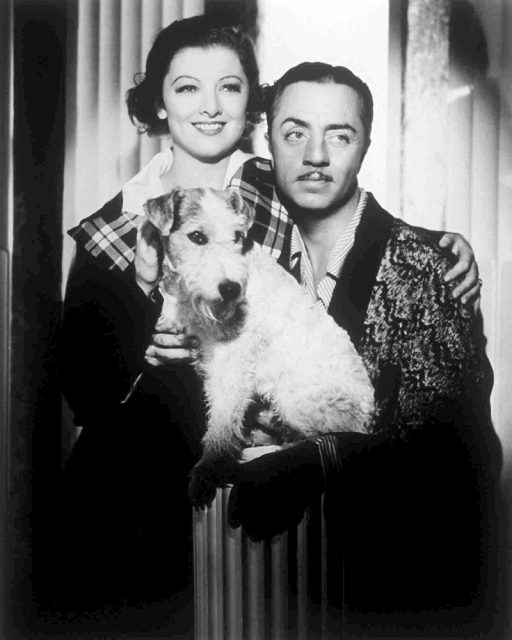
The pooch’s popularity led to a big demand in wire-haired terriers. Everyone, it seemed, wanted their own Asta — including his Thin Man co-star, William Powell, who tried to buy the dog from his owners, MGM property master Henry East, and his wife, former silent screen comedian Gale Henry.
Read another story from us: Cue the Laughter! How the Laugh Track Changed Television
Alas, they couldn’t part with their pup. Today, he lives on in TCM movies, as well as in newspapers: Asta is a frequent answer in The New York Times crossword puzzles, for clues such as “Thin Man dog” or “Dog star.”
Barbara Stepko is a New Jersey-based freelance editor and writer who has contributed to AARP magazine and the Wall Street Journal.
